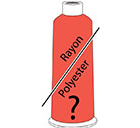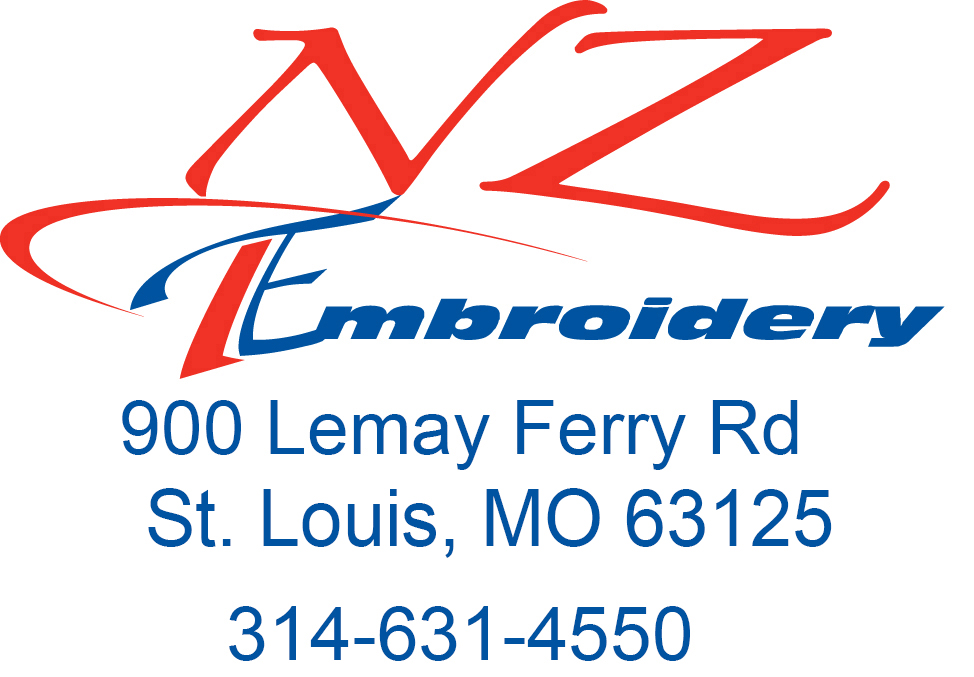recent posts

How to Digitize Small Lettering
In embroidery, no detail is more important than lettering. Your designs are labels for your customers and they must be able to read those labels — even the small print. However, what is easily read in print is not always easily read in thread. There are different degrees of difficulty based on the lettering’s size. From the moderately small letters we can create by reducing keyboard lettering, to the tiny letters we all are expected to manually produce, the physics is the same: The smaller the needle, the smaller the letter can be. The thinner the thread, the smaller the letter can be. Normal thread (No. 40) is 25% thicker than No. 60. So, with the 60-weight thread, you can create lettering that is 25% smaller than with the No. 40.
more
Polyester vs. Rayon: What's The Best Embroidery Thread To Use?
Whether you choose to wage a fight to the finish, or simply opt for your or your clients’ personal preference, knowing the specific properties of these two general-use embroidery threads will help you anticipate their results. Look what happens when the gloves go on: “I absolutely prefer rayon,” begins Pat Williams, custom-contract digitizer and owner of Arizona-based Image Embroidery. “The luster and shine provided by rayon is and should be the standard for quality embroidery. Though great attempts have been made to make poly shine, I think they leave the thread with a plastic look.” And then there’s Tom Moore, dubbed a master digitizer by Printwear in the ‘90s, author, educator and principle of Strawberry Stitch Company in St. Louis: “I have always heard the sheen of rayon is superior to polyester. However, I chuckle that forty-three of our forty-five design awards have been created in polyester and often noted for their vibrant color blends! This has taught me that it is as much what you do with the thread as it is what type of thread is used.”
more